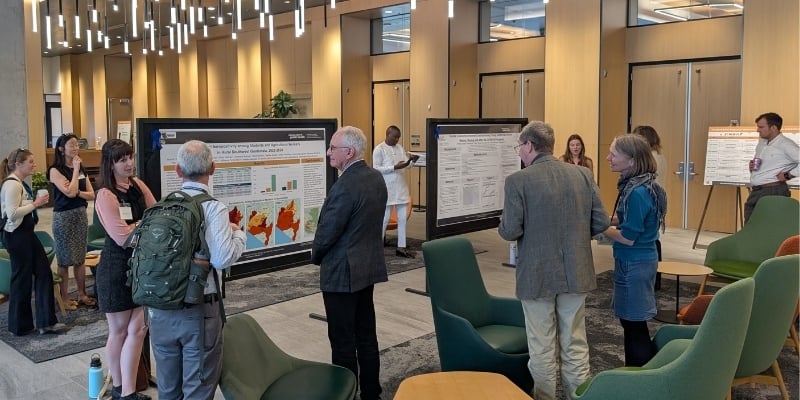Biking plays a significant role in urban areas and has been suggested as a tool to promote public health. Now, a new study led by Colorado State University has for the first time estimated the health benefits of urban cycling in 17 countries.
According to the research team, up to 205,424 premature deaths could be prevented each year if countries support high levels of urban cycling. In the U.S., it is estimated that more than 15,000 premature deaths could be prevented each year by supporting urban cycling.
The study, published in Environmental Health Perspectives, modeled the benefits of promoting urban cycling up to 2050 and if 100% of bike trips replace traveling by car.
CSU’s Dr. David Rojas-Rueda led the research project in collaboration with scientists from the Barcelona Institute for Global Health.
An avid urban cycler and senior author of the study, Rojas-Rueda said that the team found global biking policies may provide important mortality benefits in the years ahead.
“This study should be seen as a call to implement policies that support sustainable mobility and a healthy urban design,” he said. “Current policies will impact our future and the health of future generations.”
The study compared current cycling trends with high levels of urban cycling among 17 countries, including Brazil, Canada, China, Denmark, Egypt, France, Germany, India, Indonesia, Italy, Japan, Mexico, Netherlands, Russia, South Africa, United Kingdom and the U.S.
The high cycling 2050 scenarios were based on policies that have been shown to bring a quick increase in biking levels. This includes things like:
- Retrofitting biking infrastructure onto existing roads to create networks on arterial streets, small residential streets, and intercity roads.
- Implementation of bike-share systems in large cities.
- Reforming laws and enforcement practices to better protect active transport.
- Investment in walking facilities and public transport to offer trips that can be combined with bike trips.
- Elimination of policies that support additional motorized vehicle use, such as free parking and fuel subsidies.
- Establishment of congestion pricing, travel fees and development impact fees to charge a price for driving.
The research team used a quantitative health impact assessment methodology, which considered the physical activity benefits and the risks associated with traffic fatalities and inhalation of air pollution.
Learn more about the Rojas Public Health Lab, its members and research.
This story was originally written for CSU Source.






